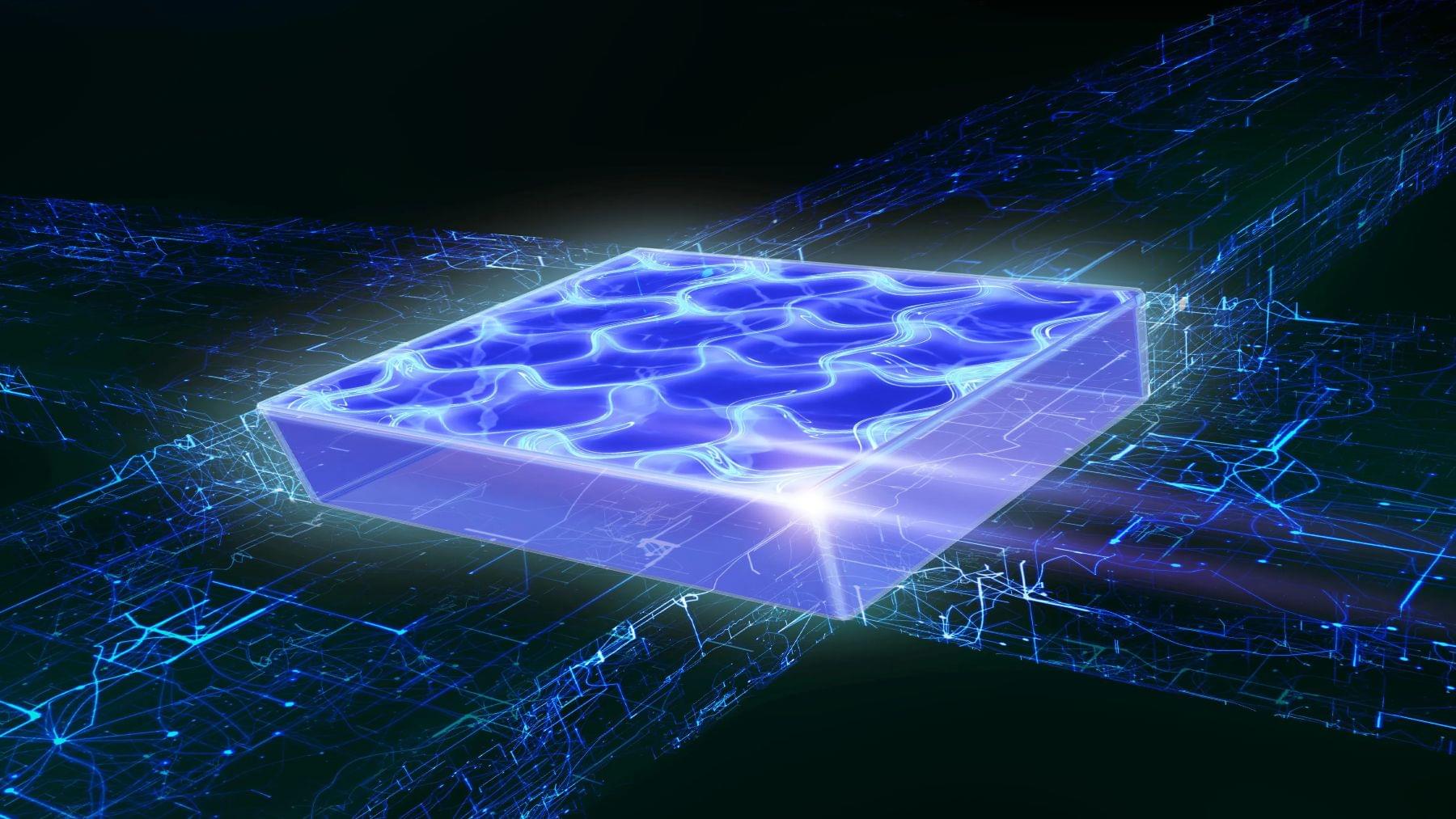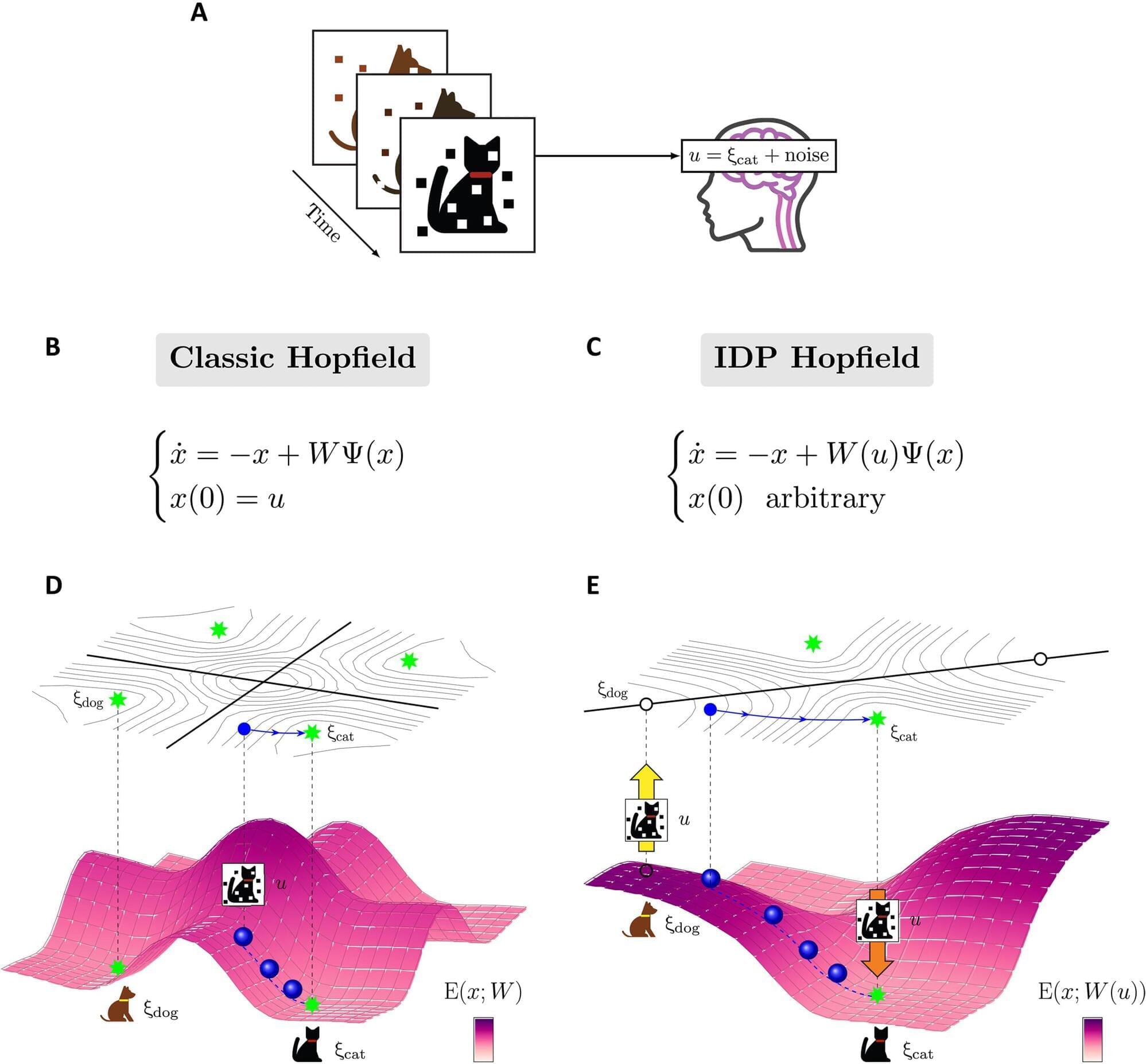Check out my course about quantum mechanics on Brilliant! First 30 days are free and 20% off the annual premium subscription when you use our link ➜ https://brilliant.org/sabine.
Correction to the screen text at 05:04: It’s in the range of microgram. What I say is correct, the text isn’t. Sorry about that.
This video comes with a quiz which you can take here: https://quizwithit.com/start_thequiz/.… are one of the most sought-after particles in physics. They could help physicists combine quantum physics with gravity to create a theory of “quantum gravity.” We thought until recently they were for all practical purposes impossible to detect, but now scientists are coming up with some ideas for how graviton-detecting experiments could work for real. Let’s take a look. 🤓 Check out my new quiz app ➜ http://quizwithit.com/ 💌 Support me on Donorbox ➜ https://donorbox.org/swtg 📝 Transcripts and written news on Substack ➜ https://sciencewtg.substack.com/ 👉 Transcript with links to references on Patreon ➜ / sabine 📩 Free weekly science newsletter ➜ https://sabinehossenfelder.com/newsle… 👂 Audio only podcast ➜ https://open.spotify.com/show/0MkNfXl… 🔗 Join this channel to get access to perks ➜
/ @sabinehossenfelder 🖼️ On instagram ➜
/ sciencewtg #science #sciencenews #physics #gravity.
Gravitons are one of the most sought-after particles in physics. They could help physicists combine quantum physics with gravity to create a theory of \.







